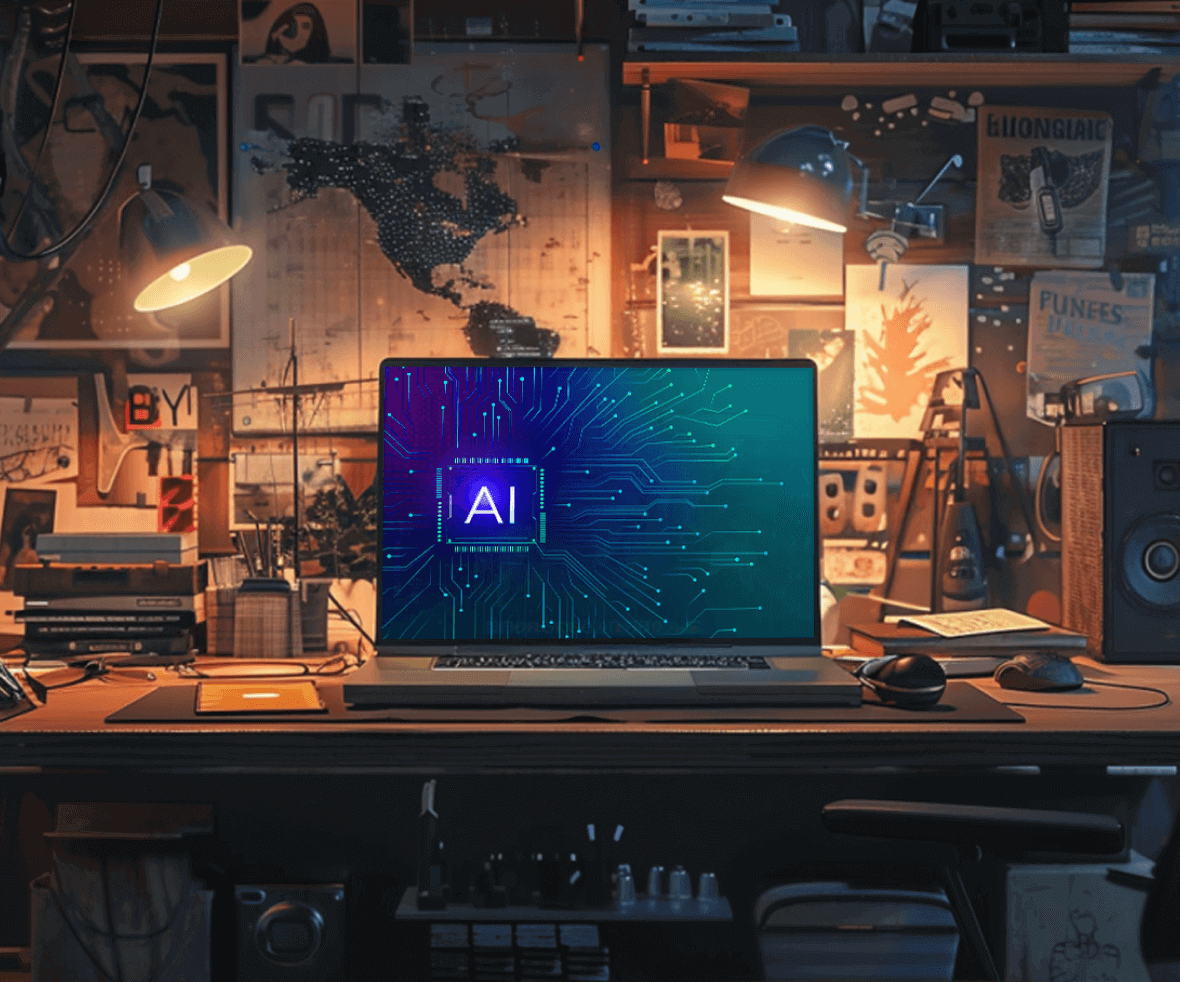AI in design is on the rise, but challenges remain. Despite its potential to revolutionize the industry, concerns about ethics, creativity, and practical hurdles are holding some designers back.
In this blog, we’ll dive into the core hurdles of AI in design processes, based on a recent survey of 416 design professionals. We’ll explore concerns like bias, loss of human touch, and finding the right tools, and offer tips for overcoming these obstacles and unlocking the full potential of AI in design.

Let’s discover the Core Hurdles of AI in Design Processes
Ethical Concerns
The foremost worry among survey participants revolves around the ethical implications of integrating AI into design processes. A substantial 164 respondents from big companies like Google, Microsoft, Meta, HDFC Bank, etc., expressed apprehensions about potential biases in AI algorithms, the risk of generating harmful or misleading designs, and the overall impact of AI on job displacement within the design industry.
This collective unease underscores the urgent need for ethical frameworks and responsible AI practices to safeguard against unintended consequences, ensuring that AI in design aligns with ethical standards and societal well-being.
Human Touch and Creativity
A significant hurdle highlighted by 149 respondents is the perceived loss of human touch or creativity with the use of AI in design. Concerns center on the fear that AI-generated designs might become overly sterile or formulaic, lacking the distinctive human touch that defines exceptional design.
The intersection of technology and creativity sparks questions about maintaining the delicate balance between AI efficiency and the irreplaceable, nuanced touch of human ingenuity in the design process. Striking this balance becomes pivotal for ensuring designs resonate authentically with human emotions and experiences.
Finding the Right AI Tool
Equally challenging for 149 respondents is the difficulty in identifying the most suitable AI tool for their design requirements. Despite a growing array of AI design tools, the struggle lies in discerning the optimal tool for specific projects.
Design professionals grapple with the task of distinguishing the most fitting tool amidst this abundance, emphasizing the need for curated guidance and resources to streamline the selection process, ensuring designers align their projects seamlessly with the capabilities of the chosen AI tool.
Insufficient Training
For 146 respondents, a notable hurdle is the lack of training or knowledge to leverage AI in design processes effectively. Mastering the intricacies of AI, a complex technology, proves challenging without the necessary expertise. The dearth of accessible training resources compounds the issue, hindering designers from harnessing the full potential of AI tools effectively.
Reducing this knowledge gap emerges as a crucial imperative, underscoring the need for accessible and comprehensive training programs to empower designers to seamlessly incorporate AI into their design.
Budget Constraints
Limited budgets pose a hurdle for 73 respondents considering AI adoption. The costliness of AI design tools becomes a significant barrier, with many companies unable to allocate sufficient funds for such investments. The perceived costliness of these tools acts as a significant barrier, restricting many companies from making substantial investments in AI adoption for design purposes.
Addressing these budgetary limitations becomes imperative for fostering widespread AI integration, necessitating innovative solutions and accessible options that align with the financial constraints of diverse organizations.
Resistance from Teams
Another challenge, expressed by 54 respondents, involves encountering resistance from team members regarding AI adoption in the design process. This resistance may stem from concerns about job displacement or a general reluctance to depart from traditional workflows.
Fostering a culture of openness, and education, and showcasing the augmentative nature of AI in design processes becomes pivotal to assuaging these concerns and cultivating a harmonious transition towards embracing the innovative potential of AI.
Our Thoughts
At ProCreator, we believe in teamwork between humans and AI. Our approach sees AI as a collaborative partner, enhancing our creativity instead of replacing it. Our integration of AI is strategic, aimed at keeping us ahead of latest design trends, positioning our team as pioneers of innovation. This ethos guides every project at ProCreator, ensuring a harmonious blend of artistry and technology for unparalleled results.
In summary, AI in design is soaring, but let’s face the hurdles. Our survey ‘Impact of AI on Design Industry in 2024‘ spills the beans on ethical worries, creativity concerns, tool choices, training hiccups, budget limits, and team resistance. At ProCreator, we see AI as a creative sidekick, not a replacement. Join us in shaping innovative designs by blending tech with human flair!
FAQs
What is the biggest risk of AI?
The biggest risk of AI lies in potential biases, harmful designs, and job displacement, raising ethical concerns.





